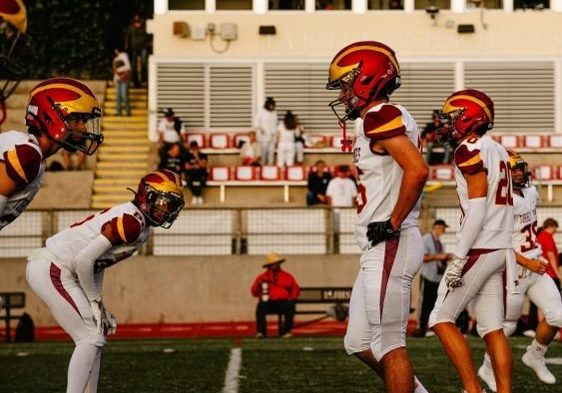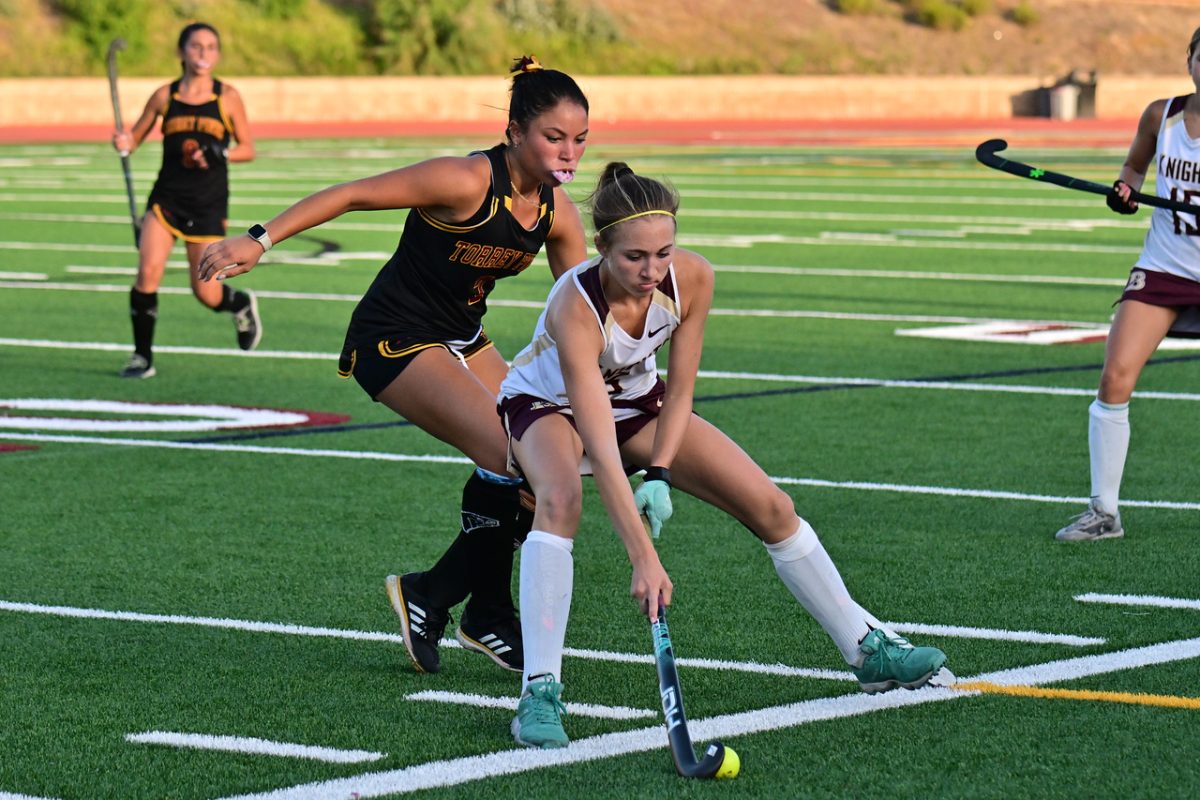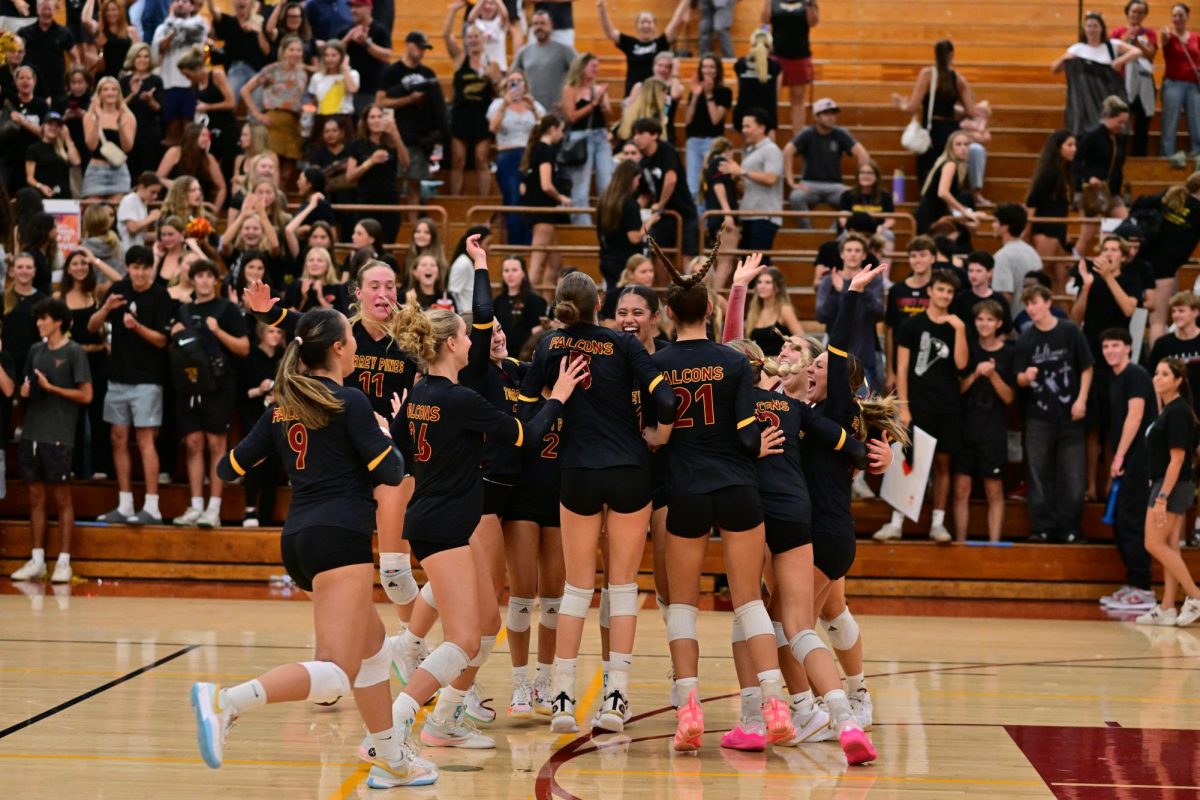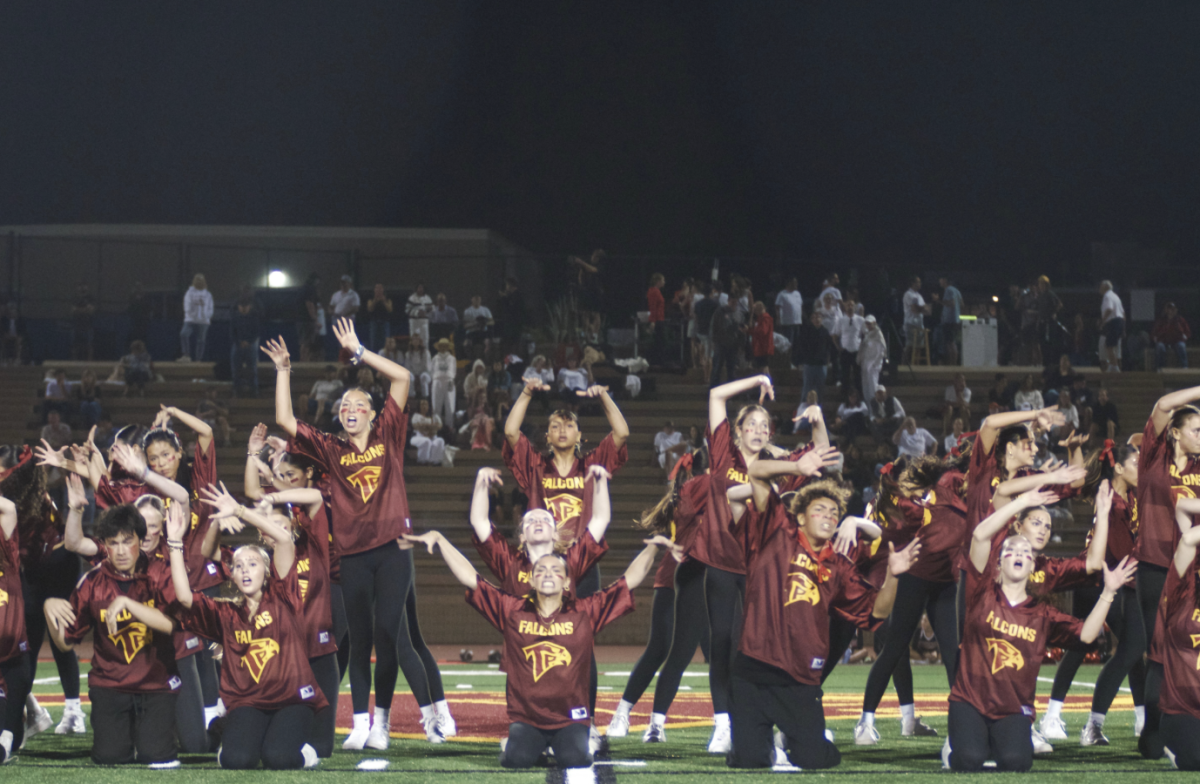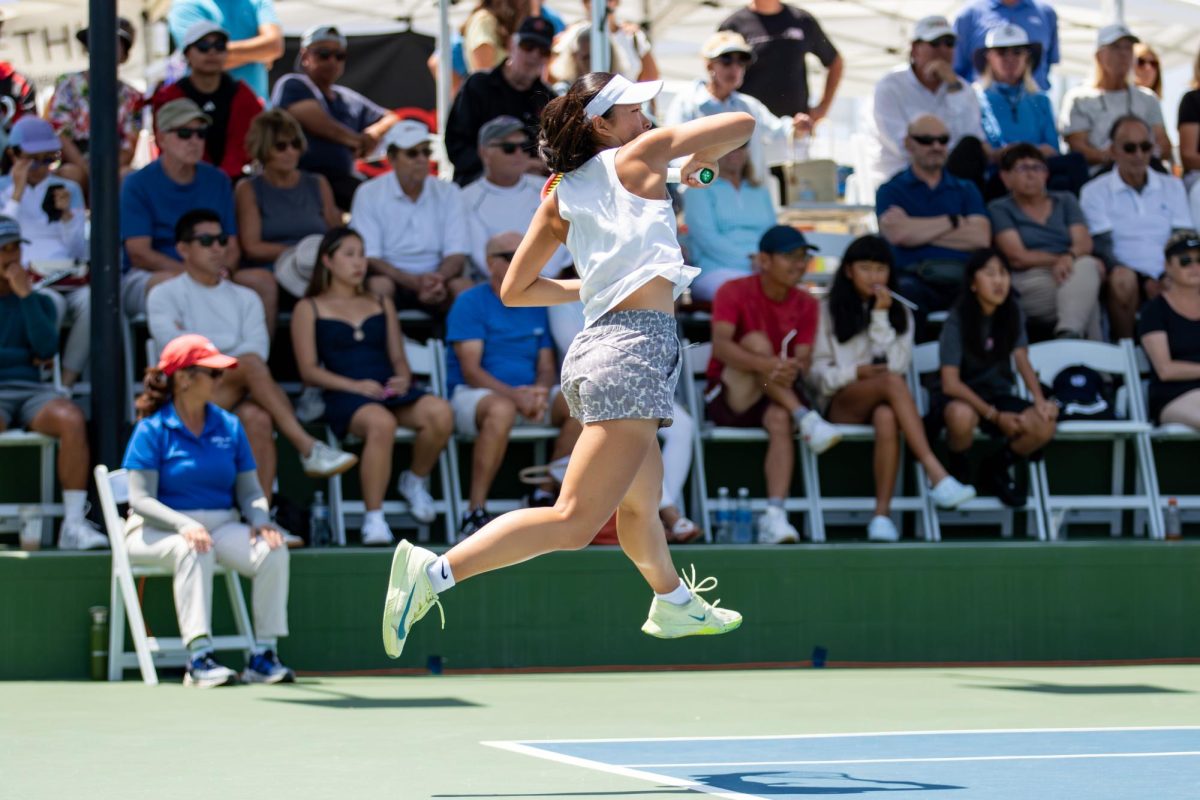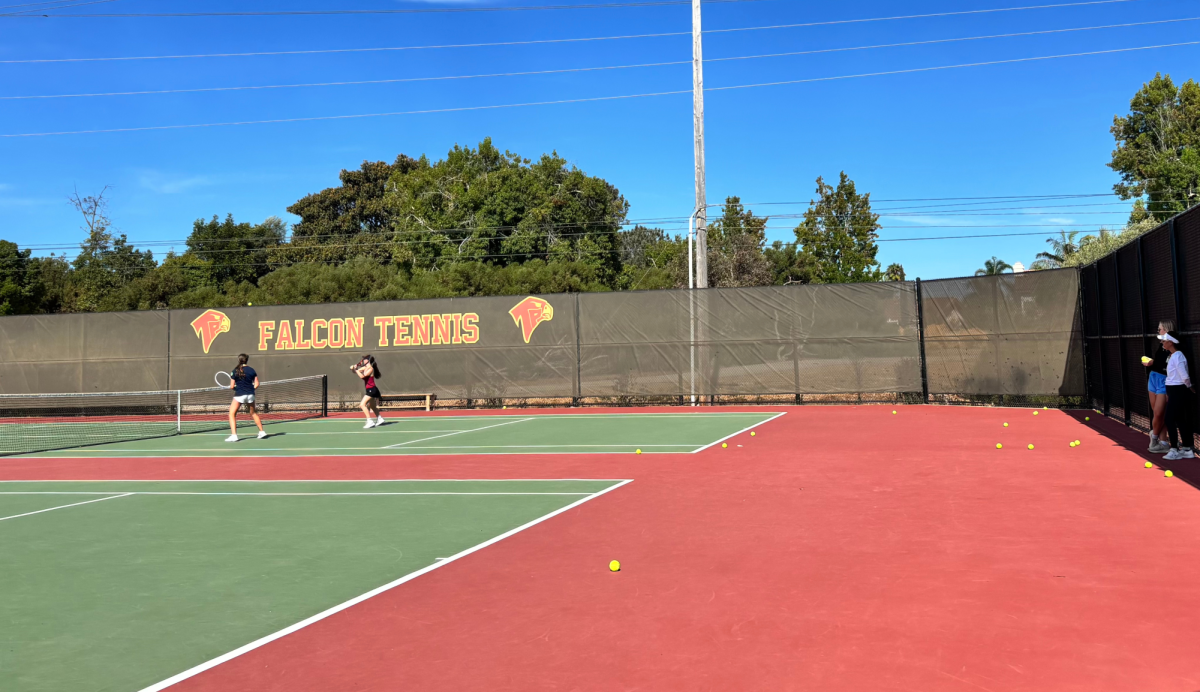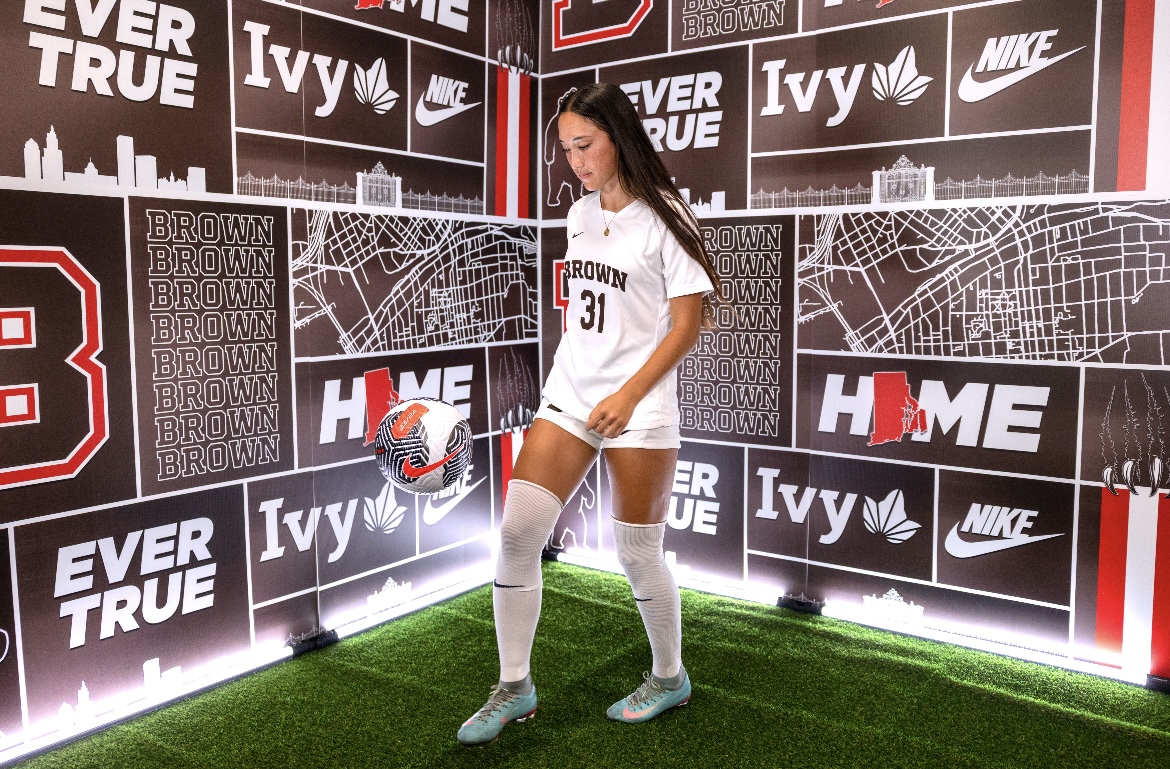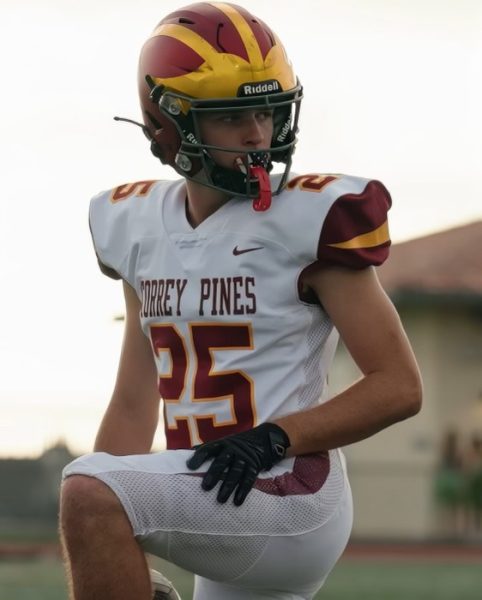
Last week, students were not just contending with competitors on the field, but also dealing with unprecedented heat conditions. With local temperatures reaching upwards of 90 degrees, athletes needed to take care of their body through precautionary measures to stay safe. Some of these measures included taking short breaks during practice and increasing their water intake.
While it’s commonly known that heat can give way to exhaustion, the ramifications of prolonged heat exposure can have much more dire impacts on an athlete’s physical well-being. According to an article published by the Public Broadcasting Service, “At least 50 high school football players in the U.S. have died from heat stroke after falling ill on the field in the past 25 years.”
“Heat exhaustion … symptoms include fainting, dizziness, nausea, rapid and weak pulse and cool clammy skin,” athletic trainer Zayna Green said.
Prolonged heat exposure can also cause heat stroke — the point at which one’s organs start to shut down, requiring a visit to the emergency room. An elevated core temperature, or heat illness, can also have negative effects on the body, such as headaches, delirium/confusion and possible loss of consciousness.
“We typically see fainting during conditioning, when the weather is hot and humid, or with endurance sports such as cross country,” Green said.
Students have definitely noticed the toll the heat is taking on their bodies, especially during practice.
“My teammates … sometimes feel dizzy,” tennis player Elle Eisenbeis (11) said.
It’s not just the tennis players that have been hit hard, the football players at the schoolexperienced the dangerous effects of heat firsthand and have come up with plans to deal with it.
“I do notice that I get fatigued a lot more often when it’s a hot day,” Austin DeMuth (12), defensive back and wide receiver varsity football player, said. “It takes a lot more energy to do certain things.”
According to the Agricultural and Mechanical College of Texas, “A recent survey of 100 schools sampled by a CDC study reported a total of 118 heat illnesses (among high school athletes) resulting in at least one day of time lost from athletic activity. The highest rate of loss among football players was at a rate 10 times higher than the average rate for other sports surveyed.”
Coaches on campus are working to reduce the amount of heat the athletes are exposed to, including cutting down on the length of practice. The football coaching staff has been providing their players with rehydration drinks such as Gatorade, ending practice earlier, and encouraging them to bring ice towels to games. Still, the football team has played well, having close games against tough competitors.
“I have been working with the coaches to follow the new California law and CIF Heat Illness policy,” Green said. “We are taking the temperature with a specialized thermometer at each venue to determine what practice and game modifications need to occur.”
Beyond just the coaches at the school, CIF, the governing body of sports for high schools in California, is working to ensure athlete safety as well. According to an article by the American Broadcasting Company Los Angeles, the CIF is requiring schools to schedule outdoor practices during cooler times late the evening or early morning, requiring schools to postpone or cancel practice in the face of extreme heat, and on Jan. 1, the CIF put a law into effect requiring schools to have emergency plans in palace. While previous heat laws mandated by the CIF did exist, the organization has ramped up its caution as of late.
“We canceled one practice because it was like 95 degrees,” Eisenbeis (11) said.
Despite these challenges, the athletes have stayed committed to their sport this season. With the appropriate precautions in place, athletes can perform to their best abilities, despite the overwhelming heat.
“As an athletic trainer, I am always ready to deal with heat related issues. We typically see fainting during conditioning, when the weather is hot and humid or with endurance sports such as cross country. I have seen and helped athletes with all heat related injuries and our school and school district have a heat injury protocol” Green said.


